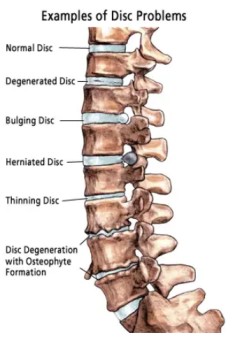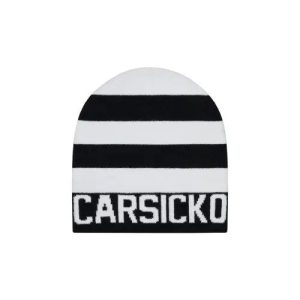Advancements in Non-Surgical Treatments for Cervical Degenerative Disc Disease
Cervical degenerative disc disease (CDDD) is a common condition that affects the discs in the cervical spine (neck). It can cause pain, stiffness, and other symptoms that significantly impact a person’s quality of life. While surgical options have been a traditional approach to manage severe cases, advancements in non-surgical treatments are providing new hope for those seeking less invasive options.
Understanding Cervical Degenerative Disc Disease
Cervical Degenerative Disc Disease (DDD) is a disorder in which the discs in the neck or cervical spine wear down over time. This natural ageing process reduces disc flexibility and height, which can lead to neck pain, stiffness, and even nerve compression. Symptoms may include radiating discomfort in the shoulders or arms, tingling, and muscle weakness. Genetics, lifestyle, and repetitive strain can all contribute to an increased risk. Although it is a chronic ailment, treatment options include physical therapy, medication, and lifestyle adjustments to alleviate symptoms. In severe cases, surgical intervention may be required for long-term comfort and function restoration.
Cervical degenerative disc disease occurs when the intervertebral discs in the cervical spine begin to break down due to age, wear and tear, or injury. These discs act as cushions between the vertebrae, allowing for flexibility and movement. As the discs degenerate, they can lose height, elasticity, and hydration, leading to symptoms such as:
- Neck pain
- Stiffness
- Radiating pain to the shoulders, arms, or hands
- Numbness or tingling in the upper extremities
- Weakness in the arms or hands
Traditional Non-Surgical Treatments
Traditional non-surgical treatments for CDDD include:
- Physical Therapy: Exercises and stretches to improve neck strength and flexibility.
- Medications: Pain relievers, anti-inflammatory drugs, and muscle relaxants.
- Lifestyle Modifications: Posture improvement, ergonomic adjustments, and activity modifications.
- Heat/Ice Therapy: Application of heat or cold packs to reduce pain and inflammation.
- Cervical Traction: Use of devices to gently stretch the neck and relieve pressure on the discs and nerves.
Advancements in Non-Surgical Treatments
Recent advancements in non-surgical treatments for CDDD are offering more effective and less invasive options. Here are some of the most promising developments:
Regenerative Medicine:
- Platelet-Rich Plasma (PRP) Therapy: PRP involves injecting a concentration of the patient’s own platelets into the affected area. The growth factors in PRP can promote healing and reduce inflammation in degenerated discs.
- Stem Cell Therapy: This treatment uses stem cells to regenerate damaged tissues. Stem cells can differentiate into various cell types, potentially repairing and regenerating degenerated discs.
Minimally Invasive Interventions:
- Epidural Steroid Injections (ESIs): These injections deliver corticosteroids directly into the epidural space around the spinal cord, reducing inflammation and pain.
- Radiofrequency Ablation (RFA): RFA uses heat generated by radio waves to destroy nerve fibers that carry pain signals, providing long-term pain relief.
Advanced Physical Therapy Techniques:
- Manual Therapy: Hands-on techniques such as mobilization and manipulation to improve joint function and reduce pain.
- Neuromuscular Re-education: Techniques to retrain the nervous system and improve muscle coordination and control.
Technology-Enhanced Therapies:
- Spinal Decompression Therapy: Non-surgical spinal decompression uses motorized traction to gently stretch the spine, relieving pressure on the discs and promoting healing.
- Laser Therapy: Low-level laser therapy (LLLT) uses light energy to reduce inflammation and promote tissue repair.
Complementary and Integrative Therapies:
- Acupuncture: This traditional Chinese medicine technique involves inserting thin needles into specific points on the body to relieve pain and improve function.
- Chiropractic Care: Chiropractic adjustments can help restore proper alignment and function to the cervical spine.
Choosing the Right Treatment
Choosing the appropriate treatment for CDDD depends on various factors, including the severity of the condition, the patient’s overall health, and personal preferences. It is essential to work with a healthcare professional to develop a comprehensive, individualized treatment plan.
The appropriate treatment for Cervical Degenerative Disc Disease (CDDD) is determined by the degree of symptoms. Conservative treatments such as physical therapy, anti-inflammatory medicines, and lifestyle adjustments can help to reduce discomfort and increase mobility. Steroid injections may alleviate persistent problems. In extreme cases when nerve compression causes chronic pain or weakness, surgical procedures such as disc replacement or spinal fusion may be advised to restore function and relieve suffering.












Post Comment